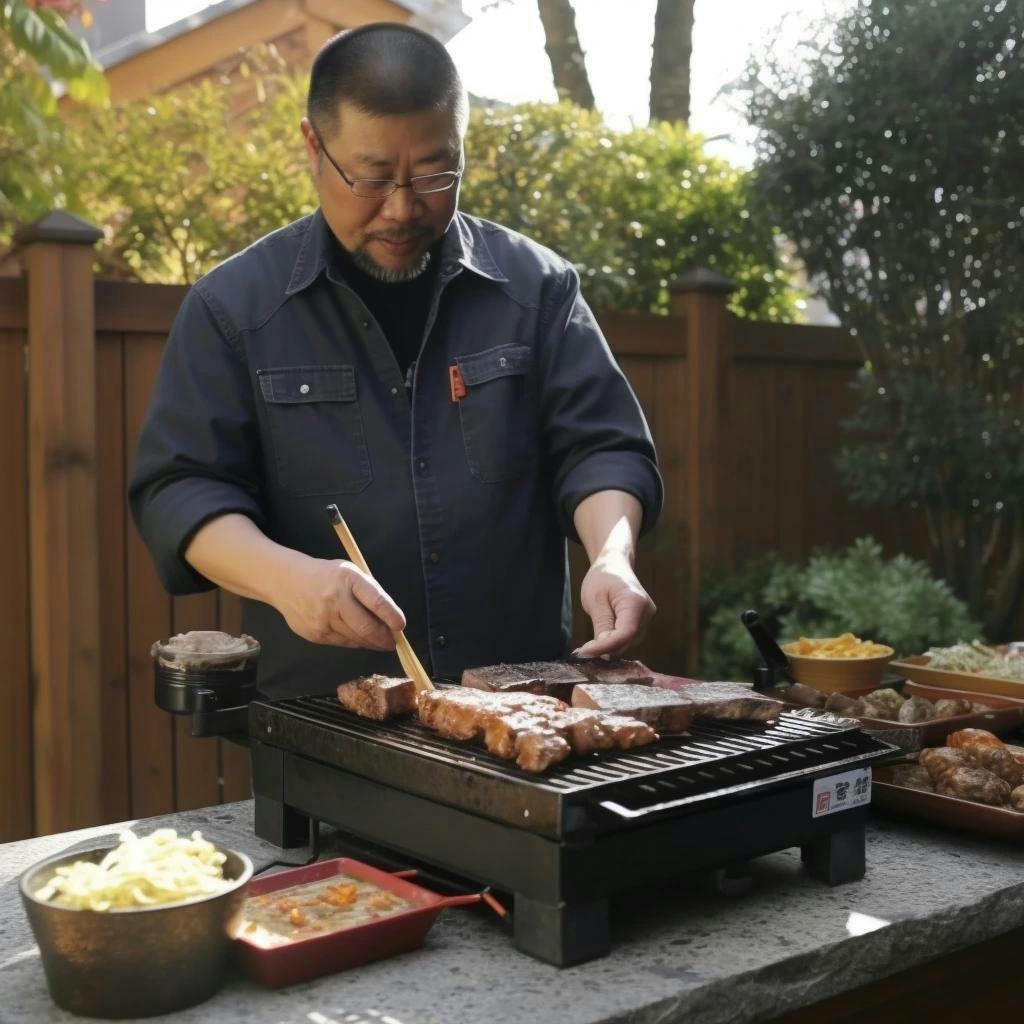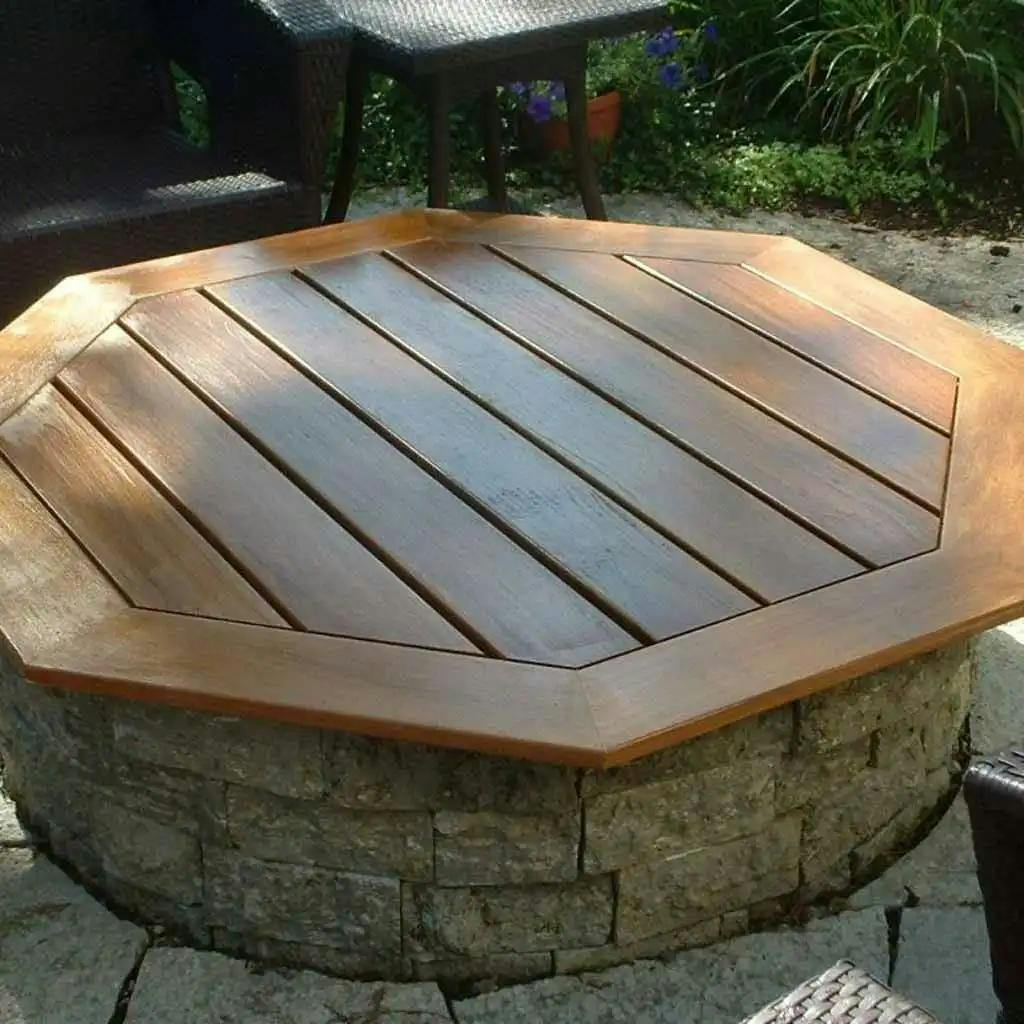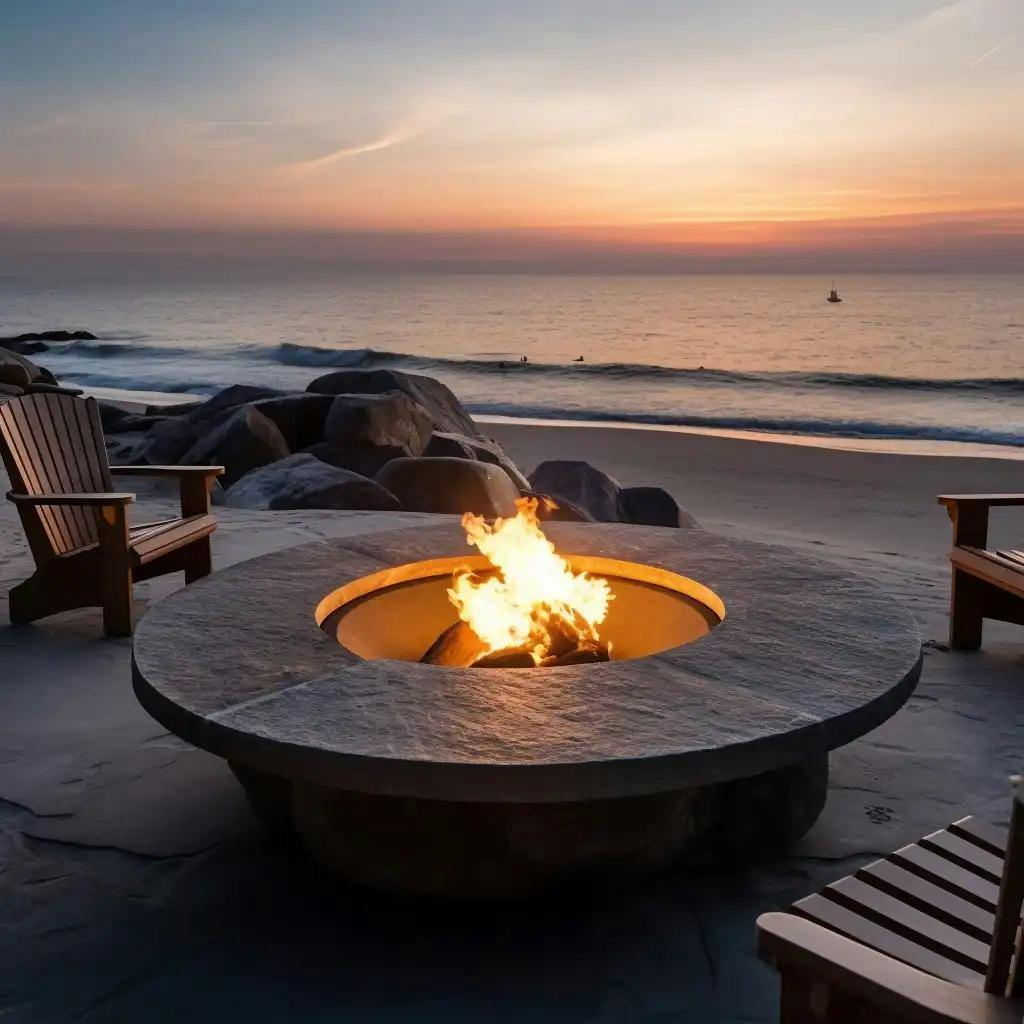Hibachi grills, originating in Japan, have gained popularity worldwide for their unique outdoor cooking experience. These compact and portable grills are prized for their ability to achieve high heat levels and offer diverse cooking capabilities. In this article, we delve into the fascinating world of hibachi grills, focusing on their exceptional heat retention and versatility in creating delectable dishes. Discover how these charismatic grills have captured the hearts of outdoor cooking enthusiasts and become a staple in backyard barbecues and camping adventures alike.
Part 1. What is a Hibachi Grill?
A hibachi grill is a traditional Japanese charcoal grill, known for its compact size, portability, and unique cooking style. Originating in Japan centuries ago, hibachi grills were initially used for heating rooms and cooking food indoors. Over time, they evolved into a popular outdoor cooking tool.
Design: Hibachi grills typically feature a box or bowl-shaped design made of cast iron, aluminum, or steel. They have a grill grate positioned close to the charcoal bed, allowing for direct, high-heat cooking.
Portability: Hibachi grills are small and lightweight, making them easy to transport for outdoor gatherings, camping trips, or beach cookouts.
Heat Retention: Their compact size and materials used contribute to excellent heat retention, allowing hibachi grills to reach high temperatures quickly and maintain them for extended cooking periods.
Versatility: While traditionally used for grilling meat and vegetables, hibachi grills can accommodate a variety of cooking methods, such as stir-frying, searing, and even smoking.
Part 2. Heat Source and Control of a Hibachi Grill
Hibachi grills can be powered by different heat sources, each offering distinct advantages and cooking experiences. The most common heat sources used in hibachi grills are charcoal, gas, and electric. Let's explore each of these and the methods of controlling heat on a hibachi grill:
Charcoal: Traditional hibachi grills are renowned for their charcoal-fueled cooking. Charcoal briquettes or lump charcoal are placed in the bottom of the grill's bowl or box. The coals are ignited, and their heat radiates upward, providing direct and intense heat to the grill grate. Controlling the heat in a charcoal hibachi grill involves adjusting the airflow through the vents. Opening the vents allows more oxygen to reach the coals, increasing the heat, while closing them reduces airflow, lowering the temperature.
Gas: Some modern hibachi grills use propane or natural gas as their heat source. These grills feature gas burners placed beneath the grill grate. Igniting the gas burner provides instant heat, and the flame can be adjusted using a control knob or valve. With gas-powered hibachi grills, the heat control is precise and straightforward. Simply turn the knob to increase or decrease the flame, thereby adjusting the cooking temperature.
Electric: Electric hibachi grills are convenient for indoor or limited outdoor cooking spaces. They are equipped with electric heating elements that generate heat on the grill surface. Similar to gas hibachi grills, electric ones also offer precise heat control through adjustable temperature knobs or settings.
Methods of Controlling Heat on a Hibachi Grill:
Vents: For charcoal hibachi grills, the vents play a crucial role in regulating the airflow and thus the heat. Open vents allow more oxygen to reach the coals, increasing the temperature, while closed vents reduce the airflow, lowering the heat.
Gas Control Knob: Gas-powered hibachi grills feature a control knob or valve that adjusts the gas flow to the burner. Turning the knob clockwise increases the flame and heat output, while turning it counterclockwise reduces the heat.
Temperature Settings: Electric hibachi grills have built-in temperature control settings. Users can select the desired cooking temperature on the grill's control panel, and the heating element will adjust accordingly.

Part 3. Temperature Range of a Hibachi Grill
The temperature range of a hibachi grill can vary depending on the type of heat source used and the grill's design. However, in general, hibachi grills can achieve relatively high cooking temperatures, making them suitable for quick and direct cooking methods.
For charcoal hibachi grills, the temperature range can typically reach anywhere from 400°F to 700°F (204°C to 371°C) or even higher, depending on the amount of charcoal used, the airflow through the vents, and the grill's construction.
Gas-powered hibachi grills usually have precise temperature control, and the temperature range can vary depending on the specific model. Some gas hibachi grills can reach temperatures of 450°F to 600°F (232°C to 316°C) or more.
Electric hibachi grills also offer temperature control settings, and their temperature range can vary between models. They usually range from around 250°F to 500°F (121°C to 260°C).
It's essential to note that hibachi grills are designed for high-heat, direct cooking methods. Their compact size and close proximity to the heat source allow them to achieve and maintain these elevated temperatures, making them ideal for searing, grilling, and quick cooking.
When using a hibachi grill, always exercise caution and use proper heat-resistant gloves or tools when handling the grill or adjusting the cooking surface to avoid burns. Additionally, be attentive to the cooking process to ensure that food is cooked to the desired doneness without overcooking or burning.
Part 4. Factors Influencing Heat of a Hibachi Grill
Even Cooking: Skillful use of airflow and temperature adjustments ensures even cooking across the grill surface. This prevents hotspots and cold spots, allowing for uniform cooking and reducing the risk of undercooked or overcooked food.
Precise Control: Mastering the airflow and temperature adjustments provides precise control over the cooking process. This allows for greater versatility and the ability to adapt to different recipes and ingredients.
Crisp and Juicy Results: Proper heat management helps achieve the perfect balance of caramelization, searing, and juiciness in grilled dishes. The ability to adjust the heat levels at the right moments ensures that food retains its moisture while developing delicious flavors and textures.
Optimal Cooking Times: Controlling the heat levels enables you to achieve the ideal cooking times for various foods, ensuring they are cooked to perfection without becoming overdone or undercooked.
Part 5. Cooking Techniques with a Hibachi Grill
Direct Heat Cooking (Grilling):
This technique involves placing food directly above the heat source (charcoal, gas burner, or electric element). Ideal for steaks, burgers, vegetables, and thin cuts of meat that cook quickly.
Indirect Heat Cooking (Barbecuing):
Indirect heat cooking involves placing the coals on one side of the hibachi grill, while the food sits on the other side, away from direct flames. Suitable for larger cuts of meat that require slower, longer cooking times, such as whole chicken or roasts.
Searing:
Searing is a high-heat cooking technique used to brown the surface of food quickly.
Great for steaks, scallops, and other meats to lock in juices and create a flavorful crust.
Stir-Frying:
With this technique, use a hibachi grill's flat surface to quickly cook bite-sized pieces of food in a small amount of oil, stirring continuously. Perfect for vegetables, shrimp, chicken, or beef stir-fries.
Smoking:
Hibachi grills can be used for smoking by adding soaked wood chips to the charcoal or using a smoker box for gas grills. Suitable for infusing meats, fish, or vegetables with a delightful smoky flavor.
Kabobs:
Hibachi grills are perfect for cooking skewered meats and vegetables.
Vegetarian Dishes:
Hibachi grills are versatile enough to cook an array of vegetarian dishes, including grilled vegetable platters, tofu, or meat substitutes.
Conclusion
Discover the world of hibachi grills and their impressive heat capabilities. From traditional charcoal to modern gas and electric models, these compact and portable grills offer a thrilling outdoor cooking experience. Ready to take your hibachi grilling to the next level? Share this article with fellow grill enthusiasts and inspire them to embark on their own culinary adventures.
FAQs
What are the safety tips for using a hibachi grill?
Place the hibachi grill on a stable and level surface away from flammable materials. Ensure a safe distance between the hibachi grill and any surrounding objects, especially for kids and pets. Keep a fire extinguisher or a bucket of sand or water nearby to extinguish any potential flare-ups or accidents.
How to clean and maintain a hibachi grill?
After each use, allow the hibachi grill to cool down and then clean the grill grate and interior with a grill brush or scraper. Remove any food residue or ash to prevent buildup and maintain proper airflow. Periodically, give your hibachi grill a thorough cleaning. Remove the grill grate and scrub it with warm, soapy water or a grill cleaner.
Can I use a hibachi grill indoors?
It is not recommended to use a traditional charcoal or gas hibachi grill indoors due to the risk of carbon monoxide buildup and fire hazards. However, electric hibachi grills designed for indoor use are available and offer a safe alternative for cooking indoors. Keep in mind the tips for safety when using it for cooking.
About Grace Rodriguez
Grace Rodriguez is your passionate grill aficionado and the lively host of the Fox Heights Bar and Grill Podcast. With a zest for culinary adventures and a gift for making everyone feel like a friend, Grace brings a warm and welcoming vibe to the world of grilling. From sharing her top-notch tips for crafting the perfect burger to creating an atmosphere of camaraderie around the grill, Grace's genuine charm and relatable style make her podcast a must-listen for both seasoned grill masters and newcomers alike.




